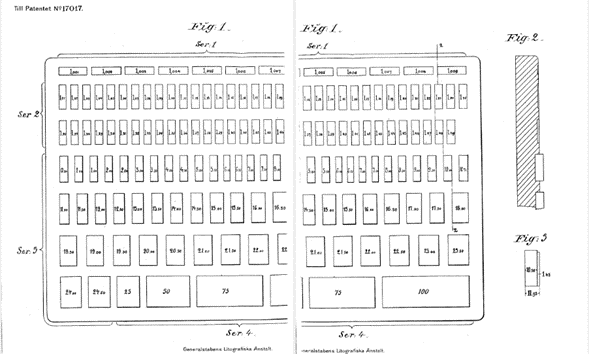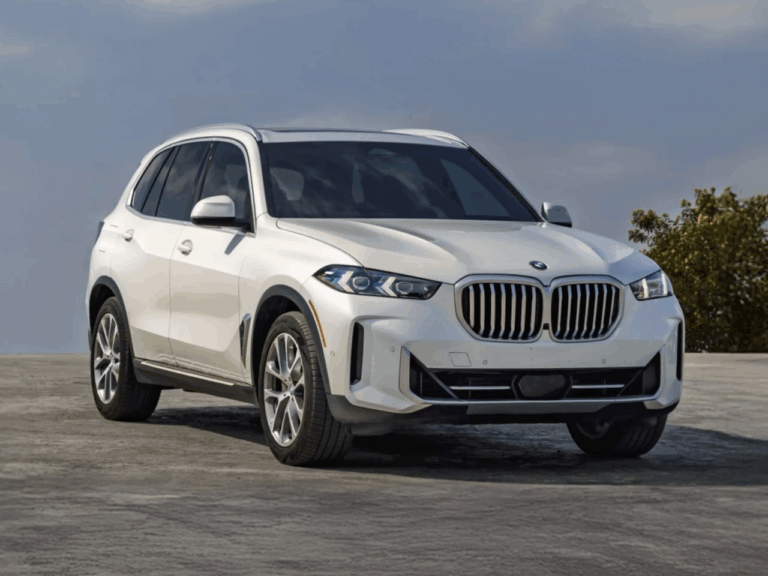Digital transformation is accelerating across transportation sectors. Connectivity is no longer a luxury, it’s an expectation. The automotive industry has been on this journey for over a decade, with connected vehicles now commonplace on roads worldwide. The boating industry, by contrast, is charting a newer course into digital waters (Dare we say Data Lakes?). But while the two industries differ in maturity and use cases, they have similarities in both opportunities and challenges related to connected technologies.
Parallels in Digital Transformation
Both the automotive and boating sectors face the foundational challenge of integrating connectivity into machines that were traditionally mechanical, analog, and standalone. This shift demands not only technology investments but also changes in culture, business models, and customer engagement strategies. Sometimes maybe even starting from scratch.
For OEMs in both industries, this transformation means:
- Designing hardware and software with connectivity in mind from the ground up.
- Managing software over-the-air (OTA) updates across widely dispersed assets.
- Ensuring cybersecurity in an era of increasing digital threats.
- Creating new value propositions through data-driven services, real-time monitoring, and ecosystem integrations.
Shared Challenges, Distinct Realities
Connectivity Gaps: While cars may occasionally lose coverage in rural or mountainous areas, they primarily operate within terrestrial cellular networks. Boats, however, often function on the “true edge of the cellular network,” pushing past coverage boundaries into areas with limited or no terrestrial signal at all. This creates a disparity in how connectivity solutions must be architected.
Mobility Patterns: Cars are frequently in motion but within a connected urban or suburban context. Boats experience long stretches of disconnection, interspersed with brief return-to-network moments, unless supported by satellite.
Latency Tolerance: Automotive use cases often require low-latency connections—think real-time traffic updates, autonomous vehicle coordination, or in-vehicle infotainment streaming. While boats may be more tolerant of latency in some cases (like weather updates while enjoying a day at the sandbar) – entertainment, safety, and remote diagnostics still require robust, reliable connectivity.
While it is still not prevalent in boating, ADAS-type technologies like automatic docking systems, as well as full-fledged autonomous boats, are a reality with the front-runners in this space and will increasingly be adopted by the industry.
Cellular, Satellite, and Hybrid

The automotive industry has traditionally relied on cellular connectivity (4G, 5G) for its connected services. Increasingly, multi-network capabilities and edge-computing solutions are being explored to extend services even when coverage is patchy. The introduction of V2X (vehicle-to-everything) technology is pushing this envelope further.
For boating, satellite connectivity is not optional — it is foundational. To bridge the coverage gap, hybrid models combining terrestrial cellular and low-earth orbit (LEO) satellite networks will become essential for things such as tracking, theft prevention and infotainment.
Product Packaging for a New Vertical
The rise of the “connected boat” necessitates rethinking how connectivity is offered and bundled. Which is more important when at sea? Direct to Device Texting over Satellite or an Unlimited Data Bundle?
Connectivity providers must adjust their product architecture to accommodate:
- Different priorities for connectivity use cases.
- The seasonal nature of boating in large parts of the world.
- Device ruggedization for harsh marine environments.
- An emphasis on integration with onboard systems like sonar, radar, and navigation.
A New Generation of Boaters

Digital natives are starting to shape the future of boating just as they have transformed expectations in mobility in other verticals. For these users:
- Always-on connectivity is non-negotiable. They expect seamless transitions between terrestrial and marine environments.
- Mobile-first experiences—from booking a slip at a marina to streaming music while sailing—are critical.
- Personalized dashboards, app-controlled systems, and real-time support are now baseline expectations, not premium perks.
Marinas and OEMs must adapt by creating digital ecosystems that reflect these preferences, just as automotive manufacturers have done with apps, digital keys, and cloud services.
The Future is Hybrid and Context-Aware
As boats become smarter and more connected, the industry must adopt a flexible, multi-layered connectivity approach—combining cellular and satellite, offering device and network redundancy, and integrating intelligent switching technologies. Likewise, connected services should be context-aware: understanding when to prioritize low latency versus low cost, or when to rely on real-time updates or store data locally and sync later.
The automotive industry’s experience offers a roadmap—but not a copy-paste solution. For connected boating to reach its potential, it must embrace its own distinct edge conditions, user expectations, and operating environments.
On top of these use-case aspects of connectivity in the two industries, there is a whole other article to be written on the manufacturing process, partner ecosystem and organizational culture in the boating industry.
Conclusion
The road and the sea may differ, but the destination is the same: a digital, software-defined future. By learning from the automotive sector and adapting solutions to meet its own unique challenges, the boating industry can accelerate its journey—and bring the horizon a little closer for every boater.
Stay tuned for more on this topic from KDDI Spherience!



